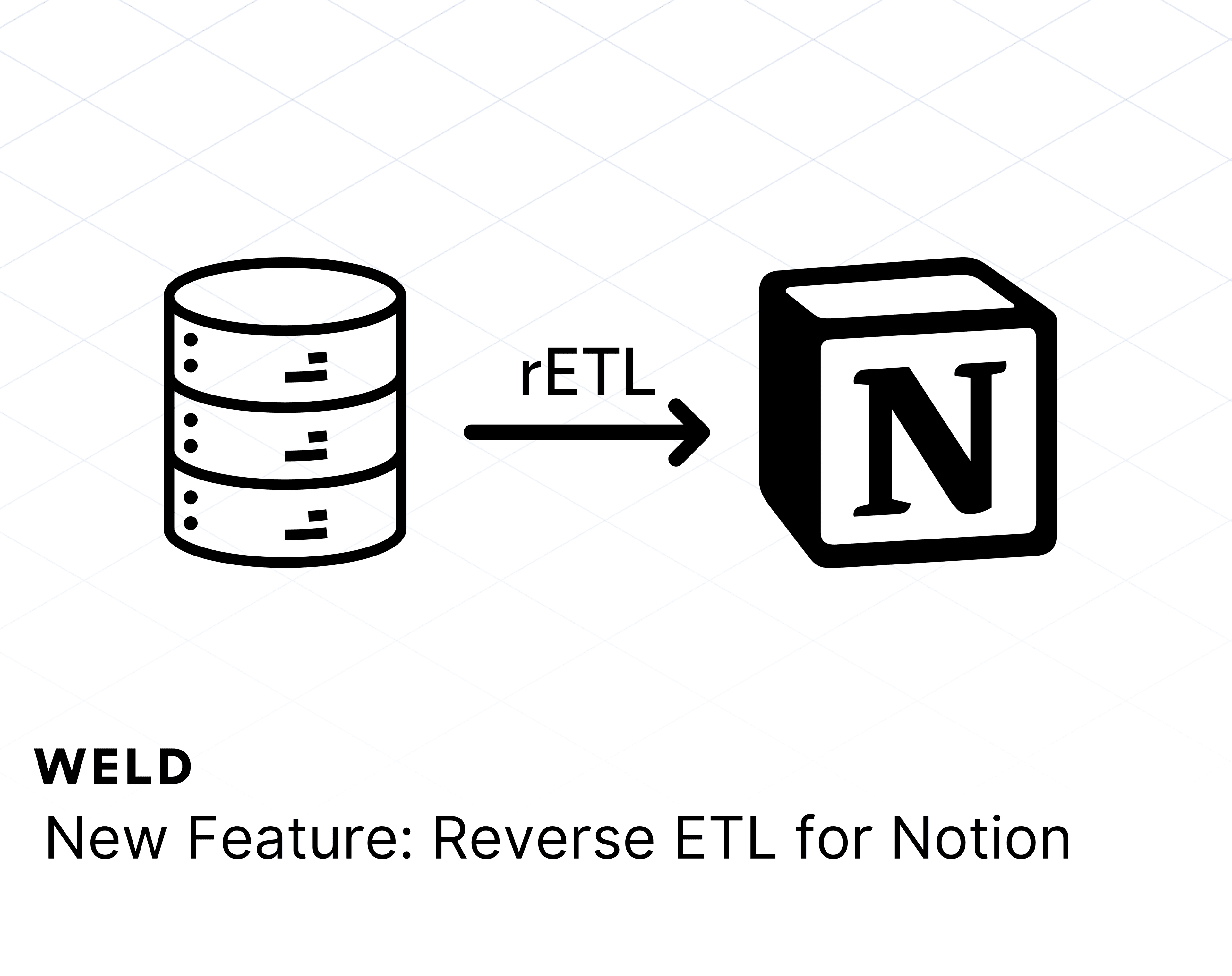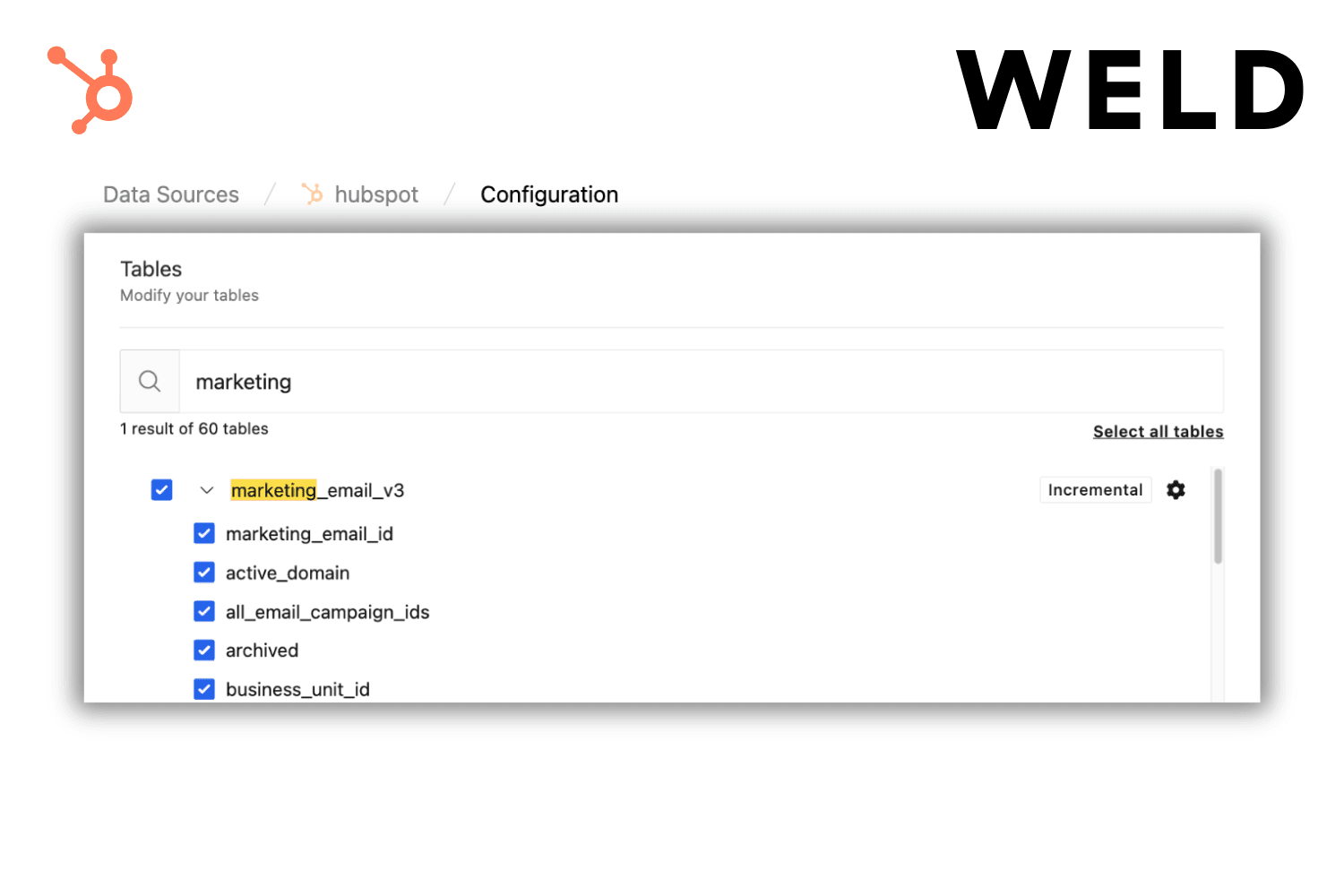New in Weld: Access Amazon Marketplace Product Pricing with the SP Connector
Weld’s Amazon Selling Partner connector just got more powerful.
You can now sync a dedicated Product Pricing table, giving you direct access to the current prices of your products as they appear on Amazon, depending on the buyer’s regional marketplace. Whether you're selling in Germany, the UK, or the US, this new table helps you get a clearer view of what customers actually see when browsing your listings.
A quick look at the Amazon SP connector
Weld’s Amazon Selling Partner connector lets you sync key business data from your Amazon account into your data warehouse, including:
- Orders and order items
- Inventory levels
- Settlements and transactions
- Listings, product details, and now: product pricing
It supports multi-region syncing and is built for sellers who want to stay on top of performance, profitability, and logistics across marketplaces.
With Weld, your Amazon data becomes part of a larger stack, ready to be joined with advertising spend, finance, shipping, and more.
What the new pricing table includes
The Product Pricing table provides:
-
Live pricing directly from Amazon
-
Marketplace-specific pricing based on where the product is listed
-
Fields like price type, currency, and base price
Note: While the table doesn’t include a separate tax field, prices do reflect regional VAT, depending on the marketplace. For example, in the German marketplace, prices will include German VAT. This may differ from the prices shown in your Amazon account interface if your shipping settings are tied to another country.
How to get started
- Head to your Amazon SP connector in Weld
- Configure and scroll down to tables
- Enable the “product_pricing” table
- Activate your sync
That’s it, the table will begin populating with live data.
If you're connecting your Amazon Selling Partner API for the first time, simply enable the table during setup along with any other tables you'd like to sync.

Example use cases
- Finance teams use it to calculate actual margins after regional VAT
- Ops teams monitor pricing consistency across product listings
- Data teams join pricing with revenue and cost data to track performance
And since it’s part of Weld, you can combine it with data from 200+ other tools, no manual exports or spreadsheet stitching required.












